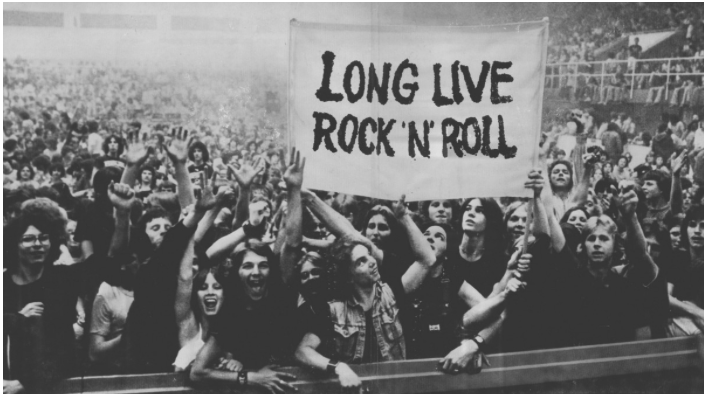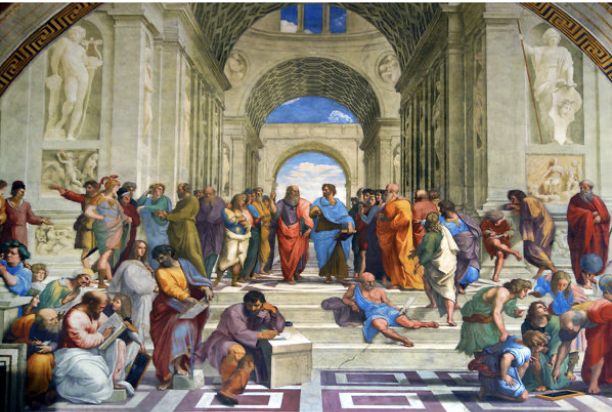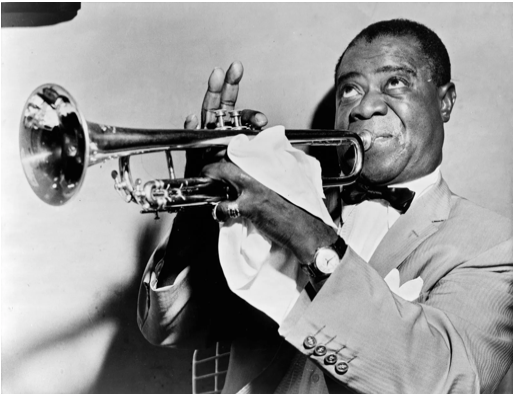THE ORIGIN OF MUSIC
 Throughout human history, music has always been an important social and cultural factor that has helped people to form tribal bonds that often serve religious and spiritual needs. From the existence of tribal populations, it can be concluded that music has played a prominent role since prehistoric. People started making music as a way to imitate sounds of nature for recreational reasons or religious purposes by using natural human voices or rudimentary instruments, like flutes, more than 35,000 years ago. Some researchers even believe that humankind discovered music way back in the Neanderthal period from the archaeological findings. The creation of a writing system helps us compose music as we do today with the first-ever written piece of music that dates back to 3400 years ago, presented in a cuneiform “alphabet” found in Syria. By studying the drawings on vases, walls, and instruments similar to modern bagpipes in Ancient Greece, researchers discovered the existence of string instruments and flutes, as well as the existence of polyphony.
Throughout human history, music has always been an important social and cultural factor that has helped people to form tribal bonds that often serve religious and spiritual needs. From the existence of tribal populations, it can be concluded that music has played a prominent role since prehistoric. People started making music as a way to imitate sounds of nature for recreational reasons or religious purposes by using natural human voices or rudimentary instruments, like flutes, more than 35,000 years ago. Some researchers even believe that humankind discovered music way back in the Neanderthal period from the archaeological findings. The creation of a writing system helps us compose music as we do today with the first-ever written piece of music that dates back to 3400 years ago, presented in a cuneiform “alphabet” found in Syria. By studying the drawings on vases, walls, and instruments similar to modern bagpipes in Ancient Greece, researchers discovered the existence of string instruments and flutes, as well as the existence of polyphony.
Through in-depth research about medieval and Renaissance music, it has intrigued contemporary ensembles and choirs to devote their existence to devouring this topic. Therefore, it is not a surprise that medieval music is quite trendy in our modern era, as we can find covers of popular modern songs in this historical style. Polyphony was blossoming with a new notation system that we still use today during the Middle Age. Although the music was devoted to the secular current that dealt with tales of cavalry and love, it had invented some of the most popular instruments, such as the flutes, lutes, and dulcimers. Baroque (17th-18th century) music’s foundation was composed during the Renaissance, which started the development of counterpoint and chromatism, inspiring Baroque artists such as Vivaldi and Bach. During the Baroque period, richer ensembles of music were composed that fully developed into orchestras later on. Some of the most famous forms, like the sonata and the fugue, were also invented during these times.
Different composers from the XVII to the early XX century experimented with different melodic ideas and forms to create innovative harmony and instruments. This classical era has mixed music and theatre as a brand new singing form that is famously known as opera. Symphonies have also become very popular. One of the most known various currents and sub-genres that flourished in romantic music was brought on by Chopin and many other incredible composers. Jazz and blues were inspired partly by the African traditions and Christian religion that had shaken the norms as an important foundation for all the other contemporary genres. Jazz songs took over the mainstream and remained solid protagonists based on improvisation and clear structure until the Sixties through different currents and sub-genres.
 Rock’n’roll appeared and blasted the music scene throughout the fifties and became a strong foundation for countless other genres as a great trend that had influenced many different aspects of culture and society. The Beatles were one example of how rock’n’roll had extended the realm of pop music as they often overlapped in their songs. Through the development of technologies and computers, artists are allowed to approach music by using pieces of software or electronic devices. Although it still maintained the standards of the classic rock and pop music we had since the fifties, electronic resources are very present in the song structures. There should be more appreciation for the process of creating a whole song through electronic instruments as it is also a form of expression for the artists.
Rock’n’roll appeared and blasted the music scene throughout the fifties and became a strong foundation for countless other genres as a great trend that had influenced many different aspects of culture and society. The Beatles were one example of how rock’n’roll had extended the realm of pop music as they often overlapped in their songs. Through the development of technologies and computers, artists are allowed to approach music by using pieces of software or electronic devices. Although it still maintained the standards of the classic rock and pop music we had since the fifties, electronic resources are very present in the song structures. There should be more appreciation for the process of creating a whole song through electronic instruments as it is also a form of expression for the artists.
The history of music has shown us how music’s evolution has provided a place for people to express themselves through music. Although music has never been the same because it has been constantly developed, it surely has had a great impact on humans’ lives with each unique type of music. Thus, it is important to cherish the history of music and the music itself that we have been surrounded with to commemorate the self-expression we devour all these years.
References:
https://www.musicianwave.com/history-of-music/
https://www.britannica.com/art/jazz
https://idsejarah.net/2015/09/renaissance.html
https://thefreakyteppy.com/2013/12/16/music-is-life/
CYBER88Arti Dari Makna Kata Rock N Roll



